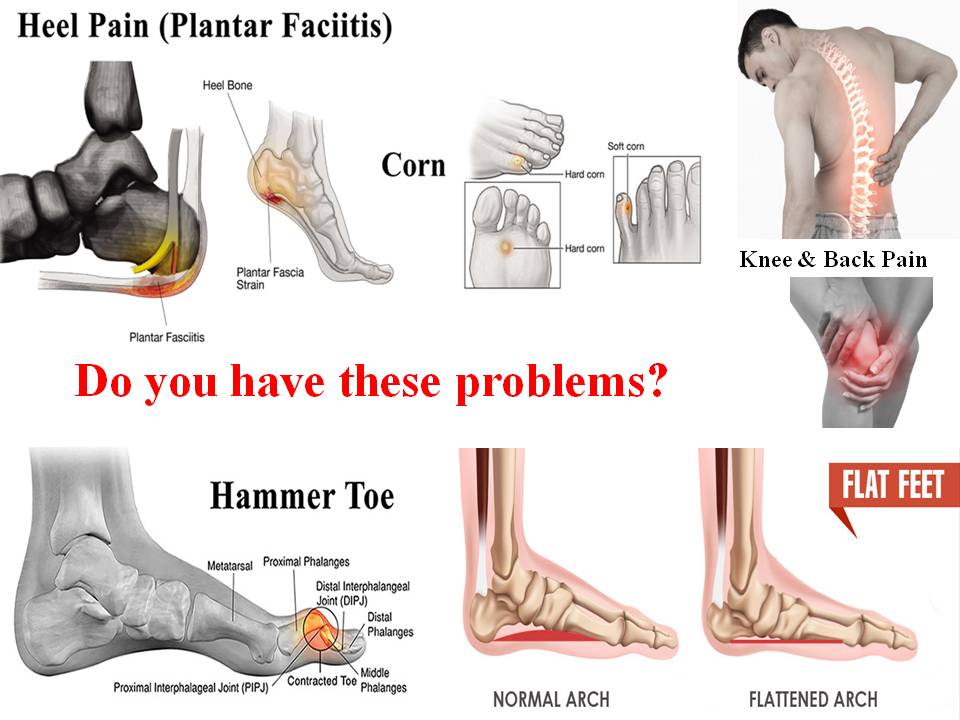Did you know it is estimated that by the age of 70 the average person has walked approximately 26,000 miles?! Our feet take quite a beating which causes many changes in our foot structure and gait over time. With April being Foot Health Awareness Month, we want to talk about the most common foot and ankle problems along with specific footwear that can aide with some of these problems.
- Plantar Fasciitis– an inflammation of the long band of connective tissue running from the heel to the ball of the foot. Heel spurs are bony overgrowths on the heel bone. Painful steps first thing in the morning are common to 83.5 % of patients with plantar fasciitis or heel spur
- Achilles Tendinitis-an irritation and inflammation of the tendon that attaches to the back of the heel bone
- Ankle Sprains– Most common injury caused by activity. Walking, jogging, running along uneven surfaces and sports can cause this injury
- Bunions– an enlargement at the base of the big toe, caused by a misalignment of the joint. They tend to be hereditary, but can be aggravated by shoes that are too narrow in the forefoot
- Athlete’s Foot and Onychomycosis– Athlete’s foot is a common infection of the skin characterized by itching, scaling, redness and the formation of small blisters. Onychomycosis is a nail fungus causing thickened, brittle, crumbly, or ragged nails, which can start from Athlete’s Foot
- Hammertoes– these are hereditary skeletal issues, affecting any toe on the foot
- Flat Foot/Fallen Arches– a structural deformity that causes the lowering of the arch of the foot. Painful fallen arches or high arches may need treatment such as custom orthotics or surgery. People with flat feet may have ankle, knee or low back pain
- Neuroma-an enlarged benign growth of nerves, commonly between the third and fourth toes. This can result in pain, burning, tingling or numbness between the toes and in the ball of the foot. Poorly fitting shoes, high heels, trauma and heredity can all be causes

Shoes – What to Avoid and What to Wear
The obvious shoes to avoid- high heels (stilettos), tall wedges, very flat shoes with little to no support. The obvious shoes to wear- sneakers, or shoes with a cushion/support. If you cannot avoid a heel, look for something no higher than 2 inches. Chose a lace up shoe versus a slip on. Avoid plastic or vinyl shoes and opt for something more breathable. A flexible sole in a shoe is important so it allows your toes to bend when you walk.
How do You Find the Right Shoes?
- Try shoes on at the end of the day when your feet are at the largest they will be
- If you own orthotics make sure to bring those with you
- Ignore sizing and pay attention to how your foot actually feels
- There should be a 1/2 inch space from the end of your longest toe to the end of the shoe
- Walk around the store in them
If you are experiencing any of the above foot/ankle problems or have some concerns please contact your physical therapist, doctor or local podiatrist for more information.
